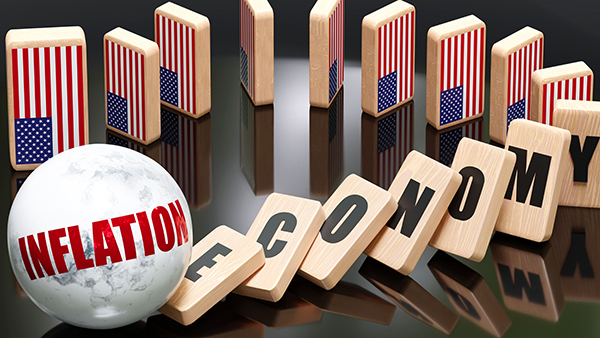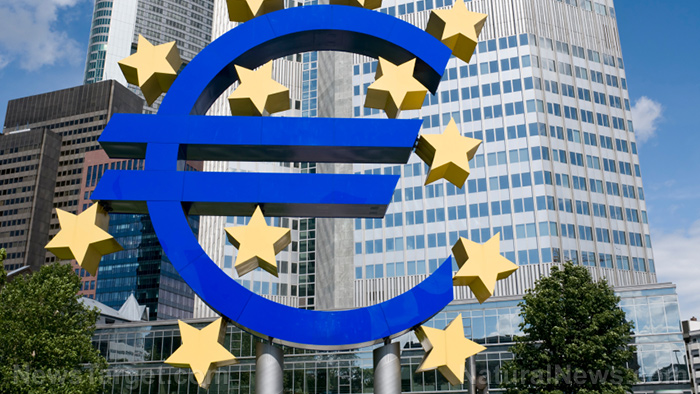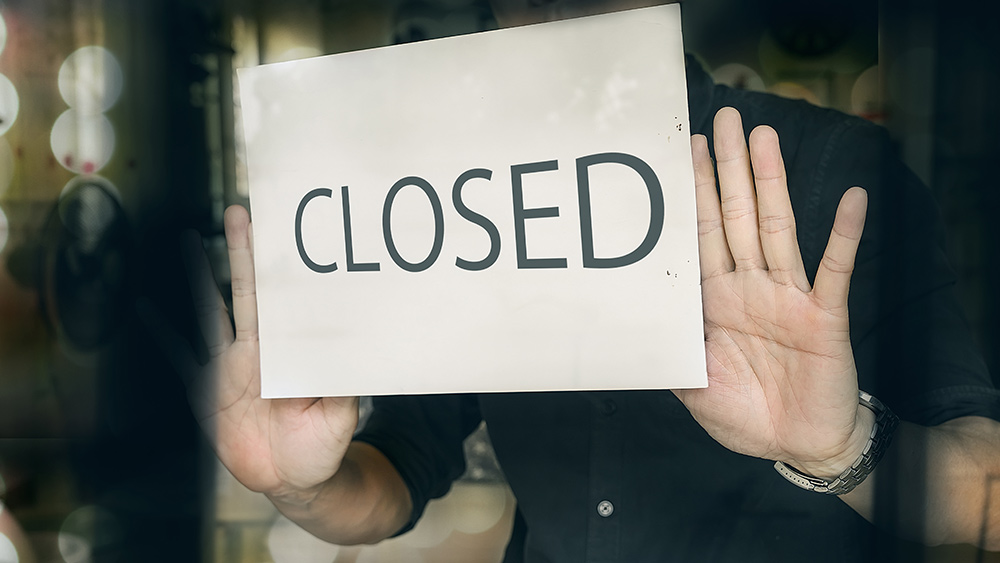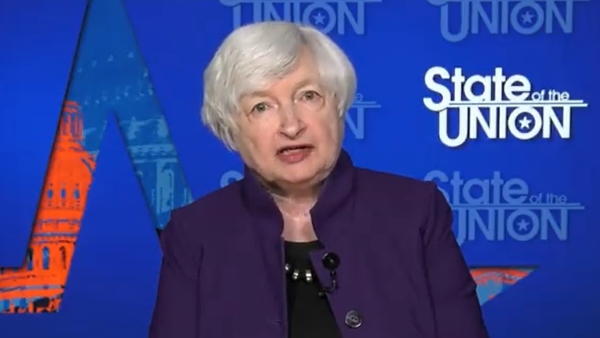U.S. credit card debt hits $1.14 TRILLION, with the average balance per consumer now at $6,329
08/14/2024 / By Ava Grace

Credit card debt in the U.S. has reached $1.14 trillion for the second quarter of the year.
The Federal Reserve Bank of New York (NY Fed) revealed this figure on Aug. 6, noting that this was $20 billion higher than the $1.12 trillion recorded for the first quarter of 2024. A year prior, that figure was $1.03 trillion.
Meanwhile, a separate quarterly credit industry insights report from credit reporting agency TransUnion found that the average balance per consumer stands at $6,329. This figure was up 4.8 percent year over year. (Related: US credit card debt rises to historic high of $1.03 trillion.)
Both TransUnion and the NY Fed also found that credit card delinquency rates have risen across the board. According to the reserve, roughly 9.1 percent of credit card balances transitioned into delinquency over the last year. Moreover, credit card delinquencies were higher among younger adults – borrowers between the ages of 18 and 39 – who were likely harder hit by the Wuhan coronavirus (COVID-19) pandemic.
NY Fed researchers said in a press call that these borrowers “may have overextended during the pandemic.” They noted that delinquent borrowers are often renters, with shorter credit histories and lower credit limits. This makes them more likely to be financially vulnerable and miss a payment.
The researchers also noted that rising interest rates probably played a role in the increase of delinquencies. For instance, auto loan payments have changed little even as prices have come down owing to the elevated rate structure.
Michele Raneri, vice president and head of U.S. research and consulting at TransUnion, remarked that borrowers with revolving debt “are maxing out their credit cards.” She continued: “That’s usually a pretty good indicator that people are stretched.”
Credit card balances skyrocket due to post-pandemic “revenge spending”
Ted Rossman, senior industry analyst at consumer financial services firm Bankrate, noted that “credit card balances briefly fell in 2020 and early 2021 due to pandemic-related factors.” These factors included stimulus checks from the federal and state governments and fewer opportunities for spending, according to CNBC.
“But since early 2021, credit card balances have surged by 48 percent – fueled by a post-pandemic boom in services spending as well as high inflation and high interest rates,” Rossman continued.
A recent Bankrate report revealed that consumers have shown a remarkable willingness to splurge on travel and entertainment in a bid to recapture experiences missed during the pandemic years – a phenomenon called “revenge spending.”
“Maybe people can reassess that now,” Raneri said. “Maybe there is a way to position it that they can check off some of the things that they feel like they missed and get back to normal.”
Meanwhile, CNBC pointed out that credit cards are one of the most expensive ways to borrow money – with the average card charging more than 20 percent in interest. Rossman thus advised the public to “pay down this debt as soon as possible,” given that “credit card balances [are] at an all-time high and the average credit card rate [is] hovering near record territory.”
Head over to DebtBomb.news for similar stories.
Watch John Williams revealing that a credit card debt crisis has begun, as evidenced by the rising “get out of debt” searches on Google Trends.
This video is from the Thisisjohnwilliams channel on Brighteon.com.
More related stories:
New York commercial real estate plunges 97.5% at Great Depression levels.
Financial system IMPLODING at increasing speed as world war, election loom.
Credit card and auto debt DELINQUENCIES are SOARING, especially among younger Americans.
Credit card firms to implement gun purchase tracking in California.
Credit card DEBT has SOARED, thanks to BIDENFLATION.
Sources include:
Submit a correction >>
Tagged Under:
Bankrate, Collapse, consumer debt, consumer spending, credit card debt, credit cards, debt bomb, debt collapse, economic riot, economics, economy, Federal Reserve Bank of New York, finance, finance riot, Inflation, interest rates, rate hikes, revenge spending, spending, TransUnion
This article may contain statements that reflect the opinion of the author
RECENT NEWS & ARTICLES
COPYRIGHT © 2017 RISK NEWS




















